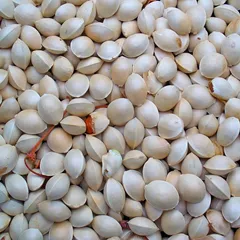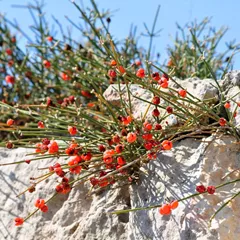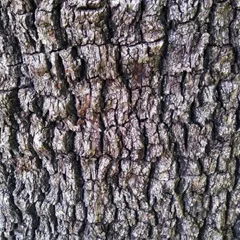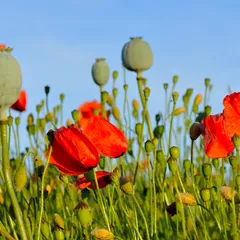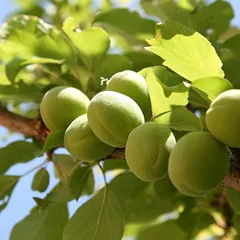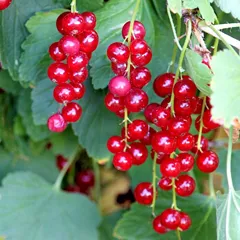Use of Kuan Dong Hua (coltsfoot flowers) in TCM
Please note that you should never self-prescribe TCM ingredients. A TCM ingredient is almost never eaten on its own but as part of a formula containing several ingredients that act together. Please consult a professional TCM practitioner, they will be best able to guide you.
Preparation: Dig out the flower and do not touch it or wash it with water to avoid discoloration. Put it in a dry and ventilated place. When it is half dried, remove the soil, extract the stem and flower and dry it until it is completely dry.
Dosage: 3 - 9 grams
Main actions according to TCM*: Redirects Rebellious Lung Qi and stops coughing. Some coltsfoot plants contain toxic pyrrolizidine alkaloids which can cause liver problems.
Primary conditions or symptoms for which Kuan Dong Hua may be prescribed by TCM doctors*: Coughing Dry cough Whooping cough Sputum Dyspnea Bloody sputum
Contraindications*: This herb should not be used for conditions that are of a Hot nature.
Common TCM formulas in which Kuan Dong Hua is used*
Ding Chuan Tang
Source date: 1550 AD
Number of ingredients: 9 herbs
Formula key actions: Clears Lung Heat. Expectorant for asthma.
Conditions targeted*: Chronic bronchitisAsthma and others
Kuan Dong Hua is an assistant ingredient in Ding Chuan Tang. This means that it either serves to reinforces the effect of other ingredients or it moderates their toxicity.
Jiu Xian San
Source date: Yuan dynasty
Number of ingredients: 9 herbs
Formula key actions: Secures the Lungs. Stops coughing. Augments Qi . Nourishes Yin.
Conditions targeted*: Chronic bronchitisAsthma and others
Kuan Dong Hua is an assistant ingredient in Jiu Xian San. This means that it either serves to reinforces the effect of other ingredients or it moderates their toxicity.
In Jiu Xian San, Kuan Dong Hua stop the coughing, transform Phlegm, and direct the Rebellious Qi downward to calm the wheezing.
It is also lubricating and moistening.
Key TCM concepts behind Kuan Dong Hua's properties
In Traditional Chinese Medicine (TCM), Kuan Dong Hua belongs to the 'Herbs that relieve coughing and wheezing' category. In TCM Phlegm is a condition of Stagnation of Fluids which tends to start in the Spleen and then goes to the Lungs. If this overly accumulates it thickens and becomes pathological Phlegm. Phlegm, being a form of Stagnation, often starts as being Cool and transforms to Hot as the condition progresses. Herbs that relieve coughing and wheezing treat branch symptoms of this Stagnation and tend to have antitussive, expectorant, diuretic or laxative properties.
Furthermore Kuan Dong Hua is Warm in nature. This means that Kuan Dong Hua tends to help people who have too much 'Cold' in their body, although with less effect than a plant that would be Hot in nature. Balance between Yin and Yang is a key health concept in TCM. Those who have too much Cold in their body are said to either have a Yin Excess (because Yin is Cold in nature) or a Yang Deficiency (Yang is Hot in Nature). Depending on your condition Kuan Dong Hua can help restore a harmonious balance between Yin and Yang.
Kuan Dong Hua also tastes Bitter and Pungent. The so-called 'Five Phases' theory in Chinese Medicine states that the taste of TCM ingredients is a key determinant of their action in the body. Bitter ingredients like Kuan Dong Hua tends to have a cleansing action on the body by clearing Heat, drying Dampness and promoting elimination via urination or bowel movements. On the other hand Pungent ingredients tend to promote the circulations of Qi and Body Fluids. That's why for instance someone tends to sweat a lot when they eat spicy/pungent food.
The tastes of ingredients in TCM also determine what Organs and Meridians they target. As such Kuan Dong Hua is thought to target the Lung. In addition to performing respiration, the Lungs are thought in TCM to be a key part of the production chain for Qi and the Body Fluids that nourish the body.
Research on Kuan Dong Hua
Experiments on mice showed that the flower bud of Tussilago farfara significantly lengthened the latent period of cough, decreased cough frequency caused by ammonia and enhanced tracheal phenol red output in expectorant evaluation. 1
Sources:
1. ZY Li, HJ Zhi, SY Xue, HF Sun, FS Zhang et al. (2012). Metabolomic profiling of the flower bud and rachis of Tussilago farfara with antitussive and expectorant effects on mice. Journal of Ethnopharmacology, 140(1): 83-90. DOI: https://doi.org/10.1016/j.jep.2011.12.027



